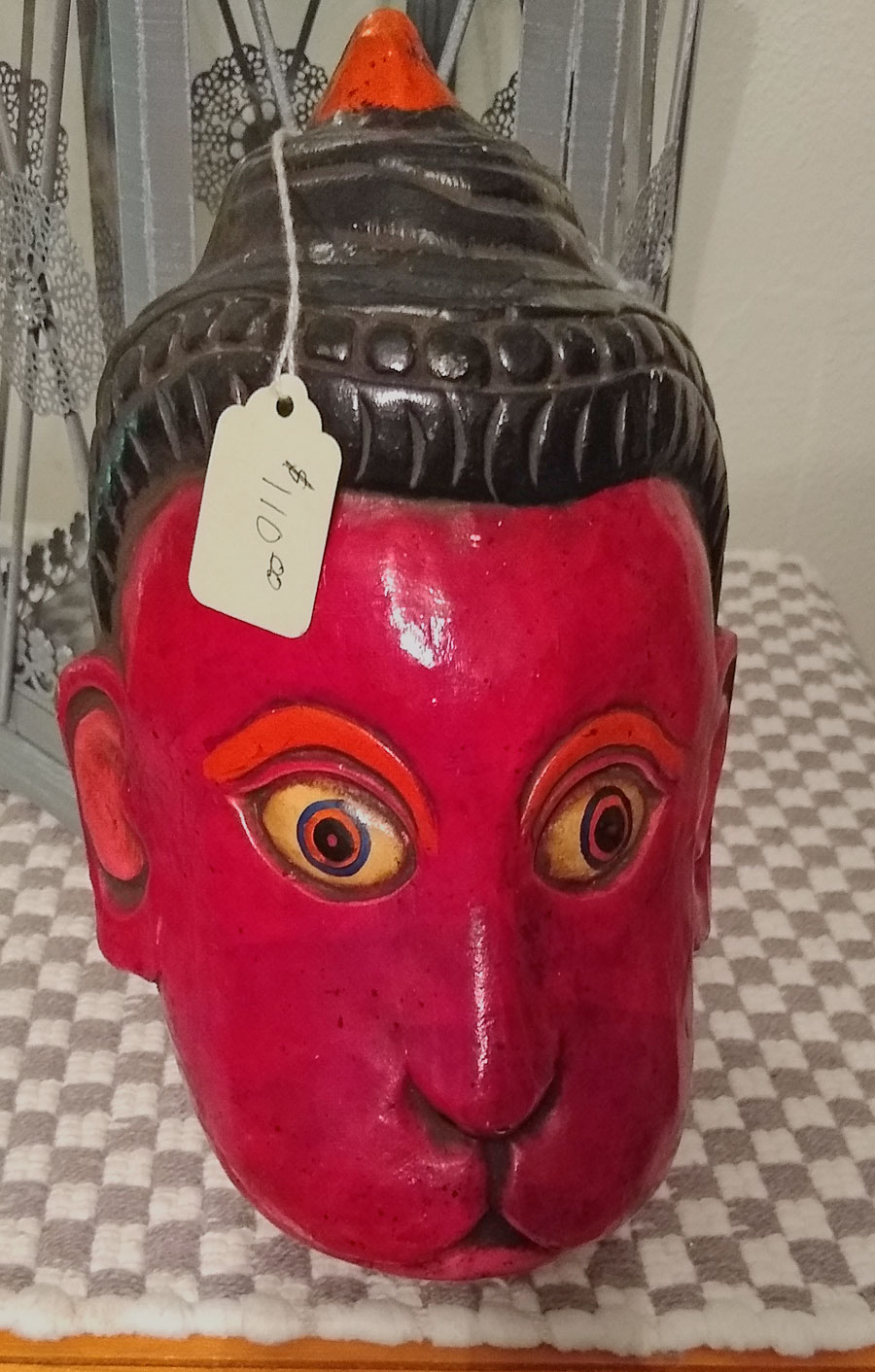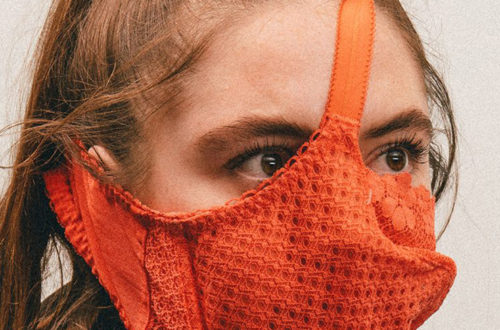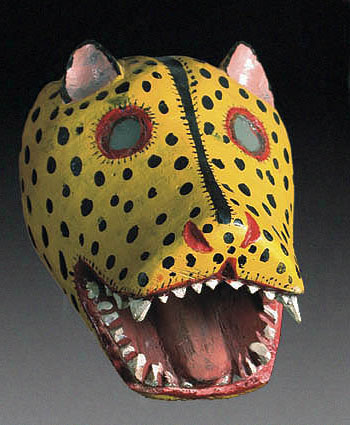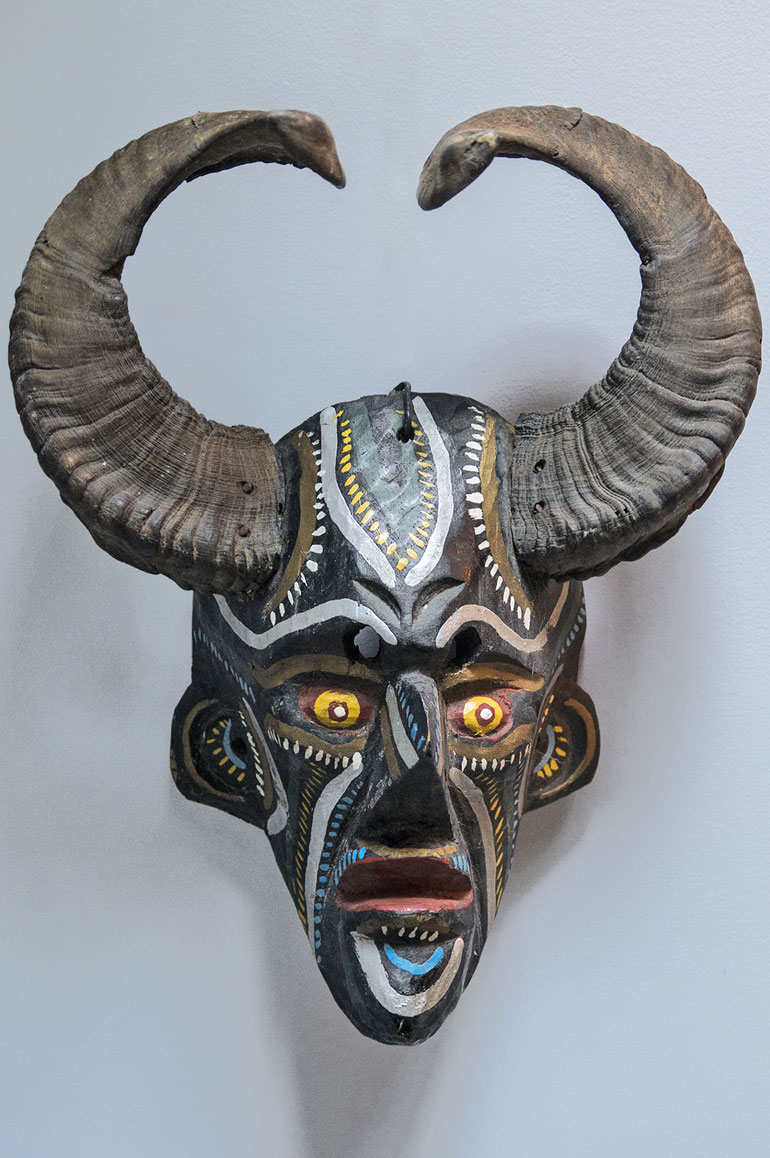 Q: I don’t know a lot about the mask.. I’m a care giver and when I was first starting out about 8 years ago we had a lady that was there due to cancer.. she was a traveling artist and bought a mask from every place she traveled..when she past away our boss said she wanted everyone to choose a mask from her wall..for some reason this mask always caught my eye and when I saw no one was choosing it I knew i wanted it and was so happy it was still there..now I’m just wondering more about it. Melissa, 1546
Q: I don’t know a lot about the mask.. I’m a care giver and when I was first starting out about 8 years ago we had a lady that was there due to cancer.. she was a traveling artist and bought a mask from every place she traveled..when she past away our boss said she wanted everyone to choose a mask from her wall..for some reason this mask always caught my eye and when I saw no one was choosing it I knew i wanted it and was so happy it was still there..now I’m just wondering more about it. Melissa, 1546
A: Serious collectors of masks should skip this. It’s not a real mask. Instead, it is a piece of decorative art meant to be sold to tourist visiting the beautiful province of Hunan in the south-west China. It has no eye holes or straps, and it has been antiqued to make it look old and used.
The good news is that it’s an accurate and beautiful copy of a traditional Chinese mask. In the past, people used these masks to perform Nuo Dance for ceremonial purposes. Nuo Dance is a drama performance that can be traced back to Eastern Zhou Dynasty (770 – 256 B.C.). It is a ritual ceremony to pay tribute to Gods and expel the evil spirits. Sometimes they are called “opera masks.”
You will find it difficult to see this dance nowadays, except some occasional performance in the areas inhabited by minority groups living in the Southwest China (Guizhou, Hunan, Yunan and Sichuan). These masks are carved in the shape of either amiable or frightening animals along with a legendary figure. In the old time village people believe these masks could keep away the evil spirits and bring them good luck.
In 2006, Chinese government aligned with United Nation UNESCO heritage policy, accredited Chinese Nuo Dance and its Mask an Intangible Cultural Heritage, recognizing its contribution on cultural diversity and human creativity, and safeguarding this human treasure to be kept alive.





